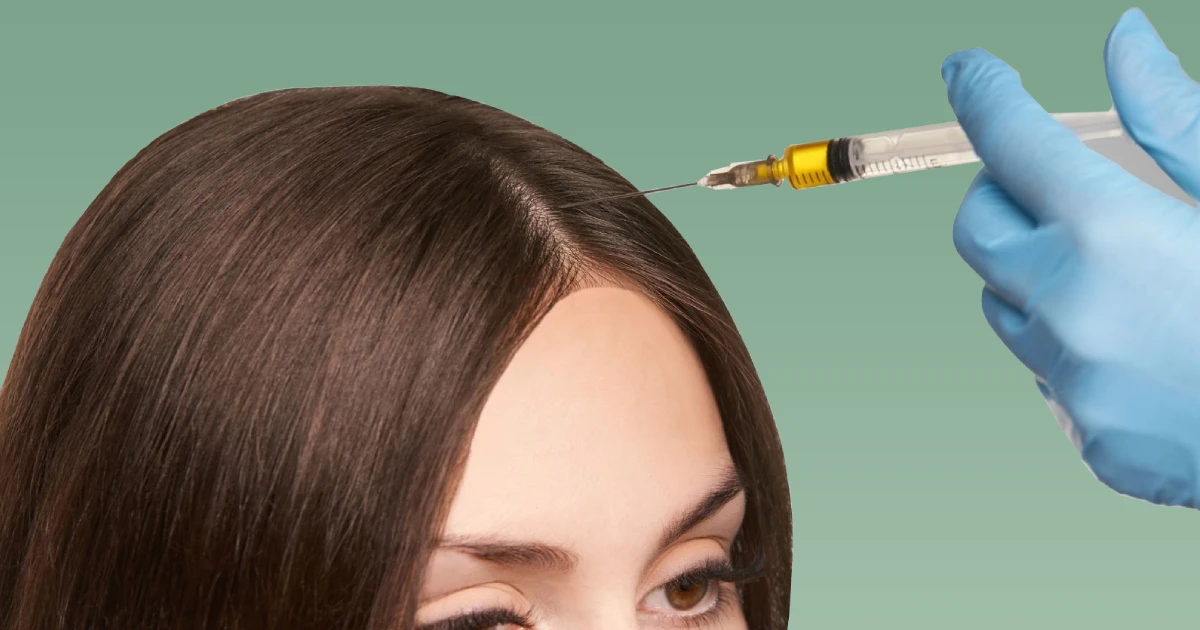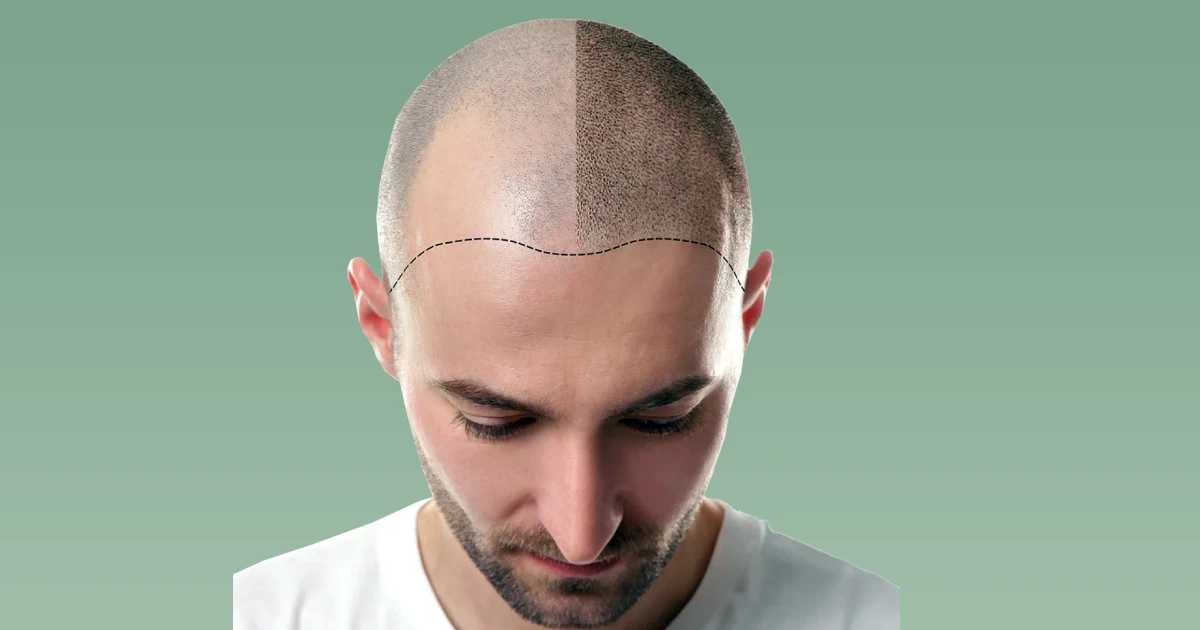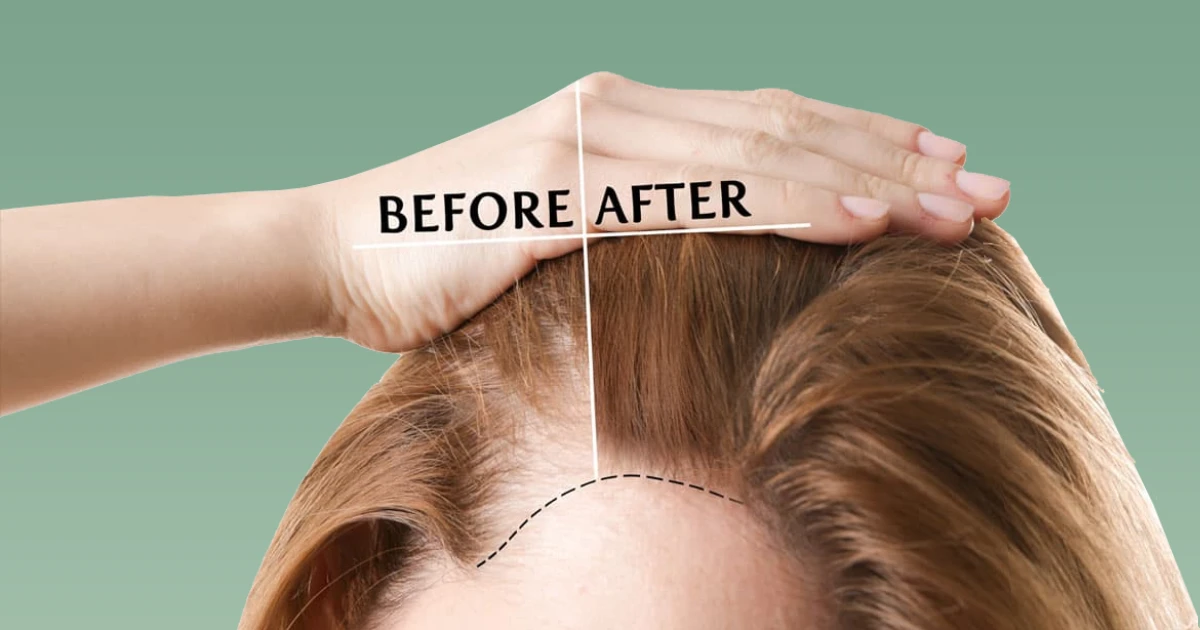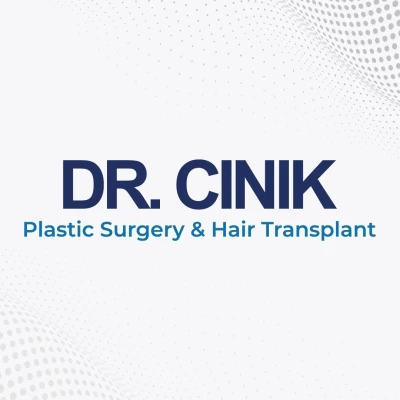Trasplante capilar
One of the most annoying issues that almost everyone, whether male or female, finds most annoying is hair loss and baldness. This situation is caused by various factors such as genetic factors, stress, accidents and improper care applied to the hair and causes the person to lose their hair. With the rapid advancement of technology in recent years, we have the chance to intervene in problems such as hair loss and baldness. Moreover, the latest technologies have started to be developed to exclude factors such as pain and pain-related medication. From this point of view, hair transplantation has started to be seen as an ordinary treatment.
However, the issue to be considered here is to work with specialised physicians who offer a correct treatment plan so that both your health and the money you spend are not wasted. Izmir Clinic team, Turkey's best hair transplant clinics in order to offer you the best hair transplant clinics by making a thorough examination of only those clinics that can meet certain conditions.
Turkey is becoming increasingly popular due to its central location and the fact that it is a country that has trained many physicians specialising in hair transplantation treatment. Due to technological advancements and the fact that Turkey is also a tourist destination, it is also a good solution centre for anyone who wants to perform hair transplantation treatment within their holiday plans. In this article, we will try to provide those who want to have a hair transplant in Turkey with the information they are looking for.
What are the Types of Hair Transplantation?
There are two popular approaches to hair transplantation in Turkey. DHI hair transplantation and the increasingly popular sapphire FUE hair transplantation are the two most common techniques used for hair transplantation in Turkey.
DHI Hair Transplant
DHI Hair Transplantation or Direct Hair Transplantation is a procedure in which the hair follicles in the nape area are removed and transplanted directly to the balding area using a DHI pen. Although the technology options have started to increase due to both the increase in aesthetic requirements and the demand for factors such as the chance of success, DHI hair transplantation is the most popular example preferred in this field. DHI Hair Transplantation allows even those with weak hair grafts to benefit.
Modern hair transplantation techniques such as DHI allow maximum utilisation of the donor area. Methods such as DHI hair transplantation, developed for more frequent hair transplantation, work wonders in the field of hair transplantation. The success of hair transplantation continues to increase the interest in the procedure day by day.
Turkey is also a country with increasing popularity in this field. Clinics serving in cities such as Istanbul, Izmir and Antalya, which are developed both in tourism and health, are constantly following the technology in this field and trying to make DHI hair transplantation more accessible to everyone by making it a trend.
Sapphire FUE Hair Transplantation
Sapphire FUE hair transplantation method is a procedure in which the extracted hair follicles are transplanted to the balding area by making v-shaped incisions in the donor area using sapphire-tipped blades. Although it is a method that provides results beyond expectations even for patients with severe hair transplantation complaints, examining whether there is enough hair in the area where healthy follicles will be removed is critical for the success of the procedure.
Both Sapphire FUE and FUE hair transplantation are performed with the same stages. While the follicles to be transplanted in the FUE technique are collected using hair transplantation instruments, the difference of Sapphire FUE emerges during the canal opening stage in the donor area. In the Sapphire FUE technique, the U-shaped steel blade used in the traditional FUE technique is replaced by sharper sapphire blades made of natural sapphire stone and aluminum alloy.
How Much Does Hair Transplant Cost?
As in the rest of the world, there are various factors that affect hair transplantation costs in Turkey. The quality of the equipment used, location, expertise and similar reasons are the factors that determine the hair transplantation costs in Turkey.
DHI Hair Transplantation Cost in Turkey
DHI Hair transplantation may be more costly compared to other methods, including the FUE method. However, clinics serving in Turkey can offer more economical and successful results than the world average. Thousands of tourists come to Turkey every year to have hair transplantation, especially in cities such as Istanbul, Izmir and Antalya. These three cities host affordable and successful clinics for hair transplantation.
The most important factor that increases the DHI technique is undoubtedly the specially produced hair transplantation pen. Additionally, since using a hair transplant pen requires surgical expertise, this also causes increased labor costs. It is possible to find different hair transplant surgeons in Istanbul, Izmir and Antalya where you can have this procedure done.
Hair transplantation in Turkey offers many advantages that make it known worldwide as a suitable destination for hair transplantation. Türkiye is a very attractive option for high-cost hair transplantation procedures such as DHI. The cost of DHI hair transplantation varies between 1500 euros and 4000 euros in Istanbul, Antalya and Izmir.
Cost of Sapphire FUE Hair Transplant in Turkey
The cost of Sapphire FUE Hair Transplant is higher due to the valuable tips used in the procedure and the increased professional experience required to perform it, as in the DHI technique. Like in the DHI technique, the Sapphire FUE technique is also a significant destination in Turkey because clinics in Izmir, Istanbul, and Antalya have expert surgeons on their staff.
Many tourists from America, Europe and England who want a hair transplant come to Turkey. The main reason is that the FUE technique is more economical in Turkey. Sapphire FUE Technique costs between 1000 euros and 3000 euros.
Preguntas frecuentes
Elegir el tipo correcto de cirugía de trasplante capilar puede ser complicado. Ya sea DHI o FUE, la gran cantidad de información que existe puede ser abrumadora.
Típicamente, sin embargo, la técnica FUE tiende a ser la opción más popular, especialmente para los hombres mayores que son calvos o que tienen adelgazamiento del cabello.
DHI, por otro lado, se recomienda para los pacientes que tienen pérdida de cabello menos avanzada, ya que esto tiende a adaptarse al menor número de injertos utilizados normalmente durante una cirugía DHI. Por otra parte, la DHI tiende a ser el método más caro, por lo que la FUE puede ser una mejor opción para los pacientes que tienen un presupuesto más ajustado.
En pocas palabras, una unidad folicular es un grupo de dos, tres o cuatro folículos pilosos. Un injerto se refiere simplemente a un trozo de tejido vivo que se traslada quirúrgicamente de un lugar del cuerpo a otro, sin llevar consigo su propio riego sanguíneo. Una vez colocado en la zona deseada, crecerá un nuevo riego sanguíneo.
Típicamente, el procedimiento dura entre 4 y 8 horas. La duración de la cirugía de trasplante capilar varía en función del número de injertos necesarios y del tamaño del equipo quirúrgico. Dado que se realiza bajo anestesia local, el paciente está totalmente despierto y puede leer, ver la televisión, mantener conversaciones o incluso comer durante este tiempo.
La duración de la intervención varía en función del número de injertos necesarios y del tamaño del equipo quirúrgico.
Después de la cirugía de trasplante capilar, podrá caminar y reanudar la mayoría de sus actividades cotidianas. Tendrá que llevar un vendaje en la cabeza después del tratamiento, pero se lo podrán quitar al día siguiente de la intervención. En las primeras 1-2 semanas posteriores al tratamiento, la zona trasplantada y la zona donante pueden estar hinchadas, enrojecidas y sensibles, pero esto irá remitiendo gradualmente entre 2-3 semanas después de la intervención. Incluso con algo de enrojecimiento y sensibilidad, podrá reanudar actividades ligeras después de un par de días y volver al trabajo 2-3 días después de su tratamiento.
Un mes después del tratamiento, podrá volver a hacer ejercicio, incluida la natación. Los sombreros se pueden usar después de 10 días, sin embargo, los cascos duros no se deben usar hasta cuatro semanas después de la cirugía.
El trasplante capilar es un procedimiento médico sencillo, mínimamente invasivo y de riesgo relativamente bajo. Sin embargo, como en cualquier procedimiento quirúrgico, existen riesgos asociados y posibles efectos secundarios. Estos pueden incluir hemorragias, infecciones, inflamación del cuero cabelludo y/o la frente, cicatrices y crecimiento irregular del cabello. Sin embargo, la mayoría de los problemas postoperatorios pueden evitarse si el tratamiento está bien planificado y lo lleva a cabo un especialista cualificado y experimentado.
¿Es posible una cobertura total? Esta es una pregunta habitual entre los pacientes de trasplante capilar y, lamentablemente, no se puede responder con un sí o un no definitivos. Como suele ocurrir con la cirugía de trasplante capilar, depende de una serie de factores. Estos incluyen la cantidad de cabello que tiene antes del tratamiento, su tipo de cabello, cualquier posible evidencia de pérdida de cabello en el futuro y las expectativas de su médico para la cirugía de restauración capilar.
Un único trasplante suele ser un procedimiento independiente, pero un segundo trasplante puede mejorar los resultados del primero. Los pacientes suelen optar por un segundo trasplante capilar para conseguir una mayor densidad o cobertura.
A diferencia de lo que ocurría en los años 80 y 90 -cuando se veían tapones capilares de aspecto poco natural-, las técnicas modernas de cirugía de trasplante capilar permiten implantar el cabello de forma individual y con gran precisión. Esto permite a los especialistas crear resultados de aspecto extremadamente natural, en los que el cabello trasplantado no se diferencia del resto del cabello de la cabeza. Esto significa que, en función de los cambios en la cobertura que aporte su trasplante capilar, seguro que a un transeúnte no le resultará obvio que se ha sometido a una cirugía de trasplante capilar.
Transplante capilar.
Treatment Types

DHI Transplant
Experience a revolutionary solution to hair loss with DHI transplant. Bid farewell to thinning hair and embrace a natural, fuller mane. Our skilled surgeons use advanced techniques for seamless results. Schedule a consultation to embark on a journey towards regaining confidence and restoring your youthful appearance with thicker, healthier hair.
Beard Transplant
Achieve the beard of your dreams with a beard transplant. Say goodbye to patchy growth and hello to a full, thick beard that exudes confidence. Our skilled team ensures a seamless procedure tailored to your desired style. Schedule a consultation today and embrace the opportunity to redefine your masculinity with a vibrant, natural beard.
Platelet Rich Plasma (PRP)
Revitalize your skin with Platelet Rich Plasma (PRP) therapy. Harnessing your body's natural healing power, PRP stimulates collagen production, reducing wrinkles and rejuvenating your complexion. Our expert team ensures a safe and effective procedure tailored to your needs, restoring your skin's youthful glow. Schedule a consultation today and unveil a revitalized, radiant complexion.
Sapphire Fue Hair Transplant
Experience cutting-edge hair restoration with Sapphire FUE hair transplant. Bid farewell to hair loss concerns and welcome back a natural, fuller head of hair. Our advanced technique ensures precise and seamless results. Schedule a consultation today to embark on your journey towards thicker, healthier hair and renewed confidence.






